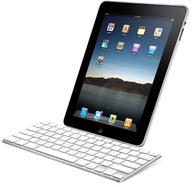Home > Synthesize > ICT in Extension > Smart Devices
Cell phone | Radio | Smart Devices | Social Media | Video and TV | Web - internet
Cell phone | Radio | Smart Devices | Social Media | Video and TV | Web - internet
|
Smart devices
Smart devices include:
Examples. Audio computers Talking books Pros
Many smart devices have the advantages of cell phones - portable, relatively cheap and increasingly available. They can download more information than basic or featured cell phones and have multiple uses
Cons
Key principles The key principles depend on the medium being accessed. See For more Literacy Bridge are one group using smart devices to bring Talking books to rural communities Link |
Smart devices allow access to a range of media
|


